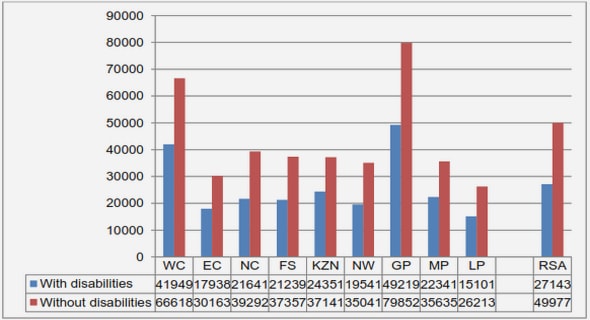(Downloads - 0)
For more info about our services contact : help@bestpfe.com
Table of contents
1 Introduction
1.1 From climate change to paleo-climatology
1.2 Stable water isotopes: a major climate proxy
1.3 Stable water isotopes in tropical South American ice-cores
1.4 Atmospheric modelling of the stable water isotope cycle
Bibliography
2 Presentation of REMO
2.1 Structure of the regional circulation model REMO
2.1.1 Rotated horizontal grid
2.1.2 Vertical discretisation
2.1.3 Partial REMO flow diagram
2.2 Physical parameterisation and isotopic fractionation
2.2.1 Vertical diffusivity
2.2.2 Cloud microphysics
2.2.3 Land-surface scheme
2.3 Pre-processing of REMO boundary files
2.3.1 Invariant soil libraries
2.3.2 Time-dependant boundary conditions
2.4 Practical considerations
Bibliography
3 Validation over Europe
3.1 Introduction
3.1.1 Empirical analyses and identification of isotope ’effects’
3.1.2 Modelling the isotopic composition of precipitation
3.2 Description of REMOiso
3.2.1 Standard climatic settings for REMO
3.2.2 Isotopic settings in REMO
3.3 Results and discussion
3.3.1 Mean annual d18O in precipitation
3.3.2 Monthly time series at GNIP-IAEA stations
3.3.3 Precipitation event records at GSF stations
3.4 Conclusions and outlooks
3.4.1 Summary of REMOiso performances
3.4.2 Downscaling of isotopic precipitation
3.5 Spectral nudging of REMOiso over Europe
3.5.1 Limits in comparing GCM to station observations
3.5.2 GCM nudging
3.5.3 Spectral nudging of RCM
3.5.4 Case study in February 1983
Bibliography
4 South America isotope climatology
4.1 Introduction
4.2 Model and data
4.2.1 Model description and experiment set-up
4.2.2 Gridded precipitation observations and isotopic measurements
4.3 Evaluation against observations
4.3.1 Precipitation
4.3.2 Atmospheric circulation
4.3.3 Isotopic composition of precipitation
4.4 Climatic interpretation of the water isotope signal
4.4.1 The simulated altitude effect
4.4.2 Continental gradient across the Amazon basin
4.4.3 Evolution of the isotopic composition of moisture along its trajectory
4.5 Conclusion and perspectives
Bibliography
5 South American monsoon system
5.1 Introduction
5.2 Model and methods
5.2.1 REMO Experiment with climatological SST
5.2.2 Empirical Orthogonal Functions: why and how ?
5.3 The Paraná – Nordeste dipole
5.3.1 Oceanic versus continental SACZ
5.3.2 Upper level atmospheric motion
5.3.3 Low level atmospheric motion
5.4 Stable water isotopes: an integrated proxy of the SAMS
5.4.1 d18Oand moisture trajectory
5.4.2 Regional relevance of station measurements
5.5 Discussion
5.5.1 Synoptic forcing of the SAMS
5.5.2 Role of the low-level jets (LLJ)
5.5.3 South Atlantic SST feedback on the SACZ
5.5.4 ENSO modulation of the SAMS
5.6 Summary and conclusion
Bibliography
6 Conclusion and perspectives
6.1 Summary of studies with REMOiso
6.1.1 Validation over Europe
6.1.2 South America isotope climatology
6.1.3 South American monsoon system recorded in stable water isotopes
6.2 Further applications of REMOiso
6.2.1 Nudged simulation over South America
6.2.2 Collaborative projects: Canada, Tibet, polar regions
6.3 Suggested development of REMO’s stable water isotope module
6.3.1 Adaptation of boundary conditions for paleo-simulations
6.3.2 Soil hydrology improvements for isotopic catchment studies
6.3.3 Coupling to an improved SVAT model : MECBETH
Bibliography
A SLP computation
Bibliography
B REMO over Canada
Bibliography
C IPIPLS forcing fields
Bibliography



